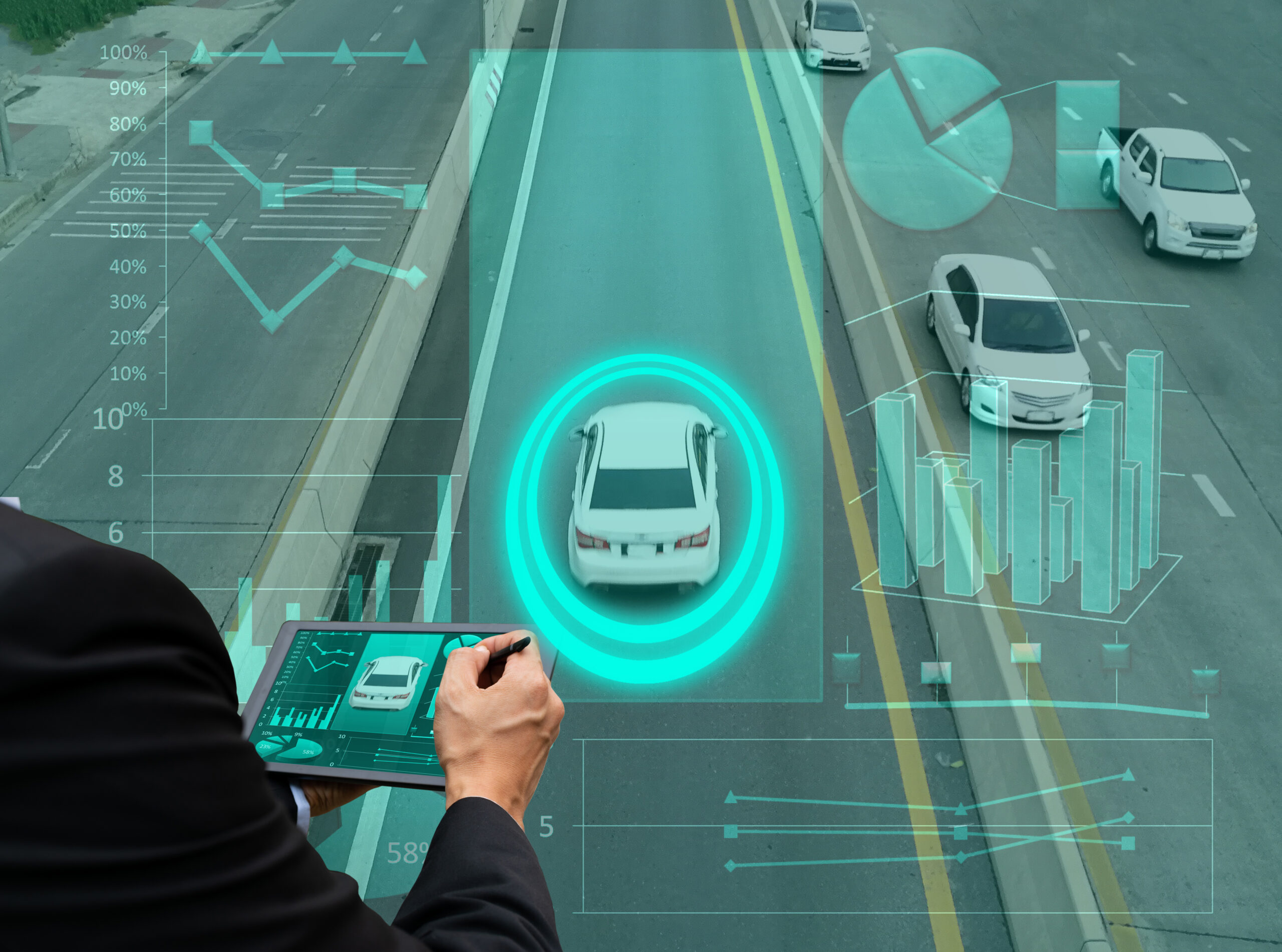The automotive industry is on the brink of a major transformation, driven by the rise of electric and self-driving vehicles. These innovations promise a cleaner, safer, and more efficient future for transportation. However, as with any groundbreaking technology, there are several challenges, costs, and risks that need to be addressed.
Electric Vehicles: Challenges and Costs
Electric vehicles (EVs) offer significant environmental benefits, including lower carbon emissions and reduced operating costs. However, they come with challenges. The initial purchase price of EVs remains higher than traditional vehicles, despite falling costs over time. Additionally, battery replacement can be expensive, and the lack of charging infrastructure—especially in rural areas—limits convenience. Despite these hurdles, the growing push for sustainable transportation and expanding charging networks suggest that EV adoption will continue to rise.
Self-Driving Vehicles: Risks and Investment
Self-driving vehicles (AVs) hold great potential for enhancing safety and convenience by reducing human error on the road. However, the technology is still evolving, and risks remain. AVs must be able to navigate complex traffic situations and make ethical decisions in emergencies, which is a significant challenge. Additionally, cybersecurity vulnerabilities pose a real concern, as hackers could exploit weaknesses in vehicle software. The costs of developing and deploying AVs are substantial, involving significant research, testing, and regulatory hurdles, making widespread implementation costly in the near term.
The Future of Innovation
Both EVs and self-driving cars are driving innovation in the automotive industry, with the potential to reshape transportation. As technology advances and infrastructure expands, these vehicles will likely become more accessible. While challenges and costs remain, the long-term benefits—such as cleaner, safer, and more efficient travel—make them an exciting part of the future of transportation.

